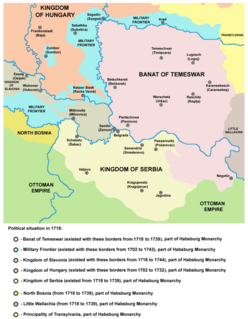
The Treaty of Passarowitz or Treaty of Požarevac was the peace treaty signed in Požarevac, a town in the Ottoman Empire, on 21 July 1718 between the Ottoman Empire on one side and Austria of the Habsburg Monarchy and the Republic of Venice on the other.
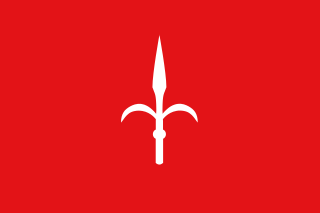
The Free Territory of Trieste was an independent territory situated in Central Europe between northern Italy and Yugoslavia, facing the north part of the Adriatic Sea, under direct responsibility of the United Nations Security Council in the aftermath of World War II.

The Egypt–Israel Peace Treaty was signed in Washington, D.C., United States on 26 March 1979, following the 1978 Camp David Accords. The Egypt–Israel treaty was signed by Egyptian president Anwar Sadat and Israeli prime minister Menachem Begin, and witnessed by United States president Jimmy Carter.

The Moscow Peace Treaty was signed by Finland and the Soviet Union on 12 March 1940, and the ratifications were exchanged on 21 March. It marked the end of the 105-day Winter War. Finland had to cede border areas to the Soviet Union. The treaty was signed by Vyacheslav Molotov, Andrey Zhdanov and Aleksandr Vasilevsky for Soviet Union, and Risto Ryti, Juho Kusti Paasikivi, Rudolf Walden and Väinö Voionmaa for Finland.
The events preceding World War II in Europe are closely tied to the rise of fascism and communism.

The 1878 Preliminary Treaty of San Stefano was a treaty between Russia and the Ottoman Empire signed at San Stefano, then a village west of Constantinople, on 3 March [O.S. 19 February] 1878 by Count Nicholas Pavlovich Ignatiev and Aleksandr Nelidov on behalf of the Russian Empire and Foreign Minister Safvet Pasha and Ambassador to Germany Sadullah Bey on behalf of the Ottoman Empire. The treaty ended the Russo-Turkish War, 1877–78.

The Russo-Turkish War (1806–1812) between the Russian Empire and the Ottoman Empire was one of the Russo-Turkish Wars.
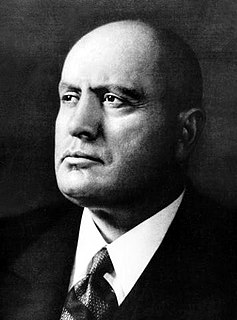
This timeline of events preceding World War II covers the events of the interwar period (1918–1939) after World War I that affected or led to World War II.
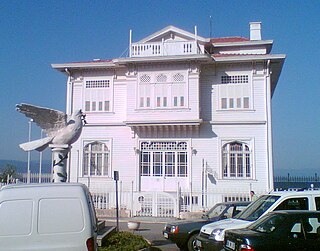
The Armistice of Mudanya was an agreement between Turkey on the one hand, and Italy, France and Britain on the other hand, signed in the Ottoman town of Mudanya, in the province of Bursa, on 11 October 1922. The Kingdom of Greece acceded to the armistice on 14 October 1922.
The Soviet occupation of Romania refers to the period from 1944 to August 1958, during which the Soviet Union maintained a significant military presence in Romania. The fate of the territories held by Romania after 1918 that were incorporated into the Soviet Union in 1940 is treated separately in the article on Soviet occupation of Bessarabia and Northern Bukovina.
The Battle of Alexandropol was a conflict between the First Republic of Armenia and Turkish Revolutionaries of the Turkish National Movement which was on November 7, 1920 at Alexandropol.
The Treaty of Hampton Court was signed on 22 September 1562 between Queen Elizabeth and Huguenot leader Louis I de Bourbon, prince de Condé. The treaty was concluded by François de Beauvais, Seigneur de Briquemault. Based on the terms of the accord, 3000 English troops were summoned to occupy Le Havre and Dieppe. Moreover, Queen Elizabeth promised to provide economic aid to the Huguenots. Once peace was restored in France, Elizabeth refused to withdraw her troops, stating that she had taken Le Havre not for religious reasons but to indemnify her for the loss of Calais, which was rightfully hers. The regent of France, Catherine de' Medici sent both Catholic and Huguenot troops against Le Havre, which surrendered on 28 July 1563. Feeling betrayed by the Huguenots, Elizabeth never trusted them again.

The Armistice of Salonica was signed on 29 September 1918 between Bulgaria and the Allied Powers in Thessaloniki. The convention followed after a request by the Bulgarian government on 24 September asking for a ceasefire. The armistice effectively ended Bulgaria's participation in World War I on the side of the Central Powers and came into effect on the Bulgarian front at noon on 30 September. The armistice regulated the demobilization and disarmament of the Bulgarian armed forces.
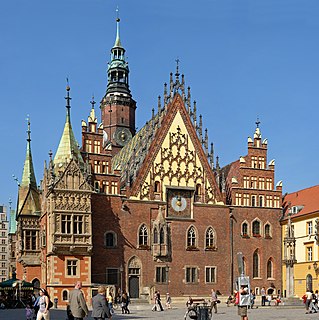
The Treaty of Breslau was a preliminary peace agreement signed on 11 June 1742 following long negotiations at the Silesian capital Wrocław by emissaries of Archduchess Maria Theresa of Austria and King Frederick II of Prussia ending the First Silesian War.
The Treaty of Florence, which followed the Armistice of Foligno, brought to an end the war between the French Republic and the Kingdom of Naples, one of the Wars of the French Revolution. Forced by the French military presence, Naples ceded some territories in the Tyrrhenian sea and accepted French garrisons to their ports on the Adriatic sea. All Neapolitan harbours were closed to British and Ottoman vessels.

The London and Paris Conferences were two related conferences in London and Paris in September–October 1954 to determine the status of West Germany. The talks concluded with the signing of the Paris Agreements, which granted West Germany full sovereignty, ended the occupation, and allowed its admittance to NATO. Furthermore, both West Germany and Italy joined the Brussels Treaty on 23 October 1954. The Agreements went into force on 5 May 1955. The participating powers included France, the United Kingdom, Belgium, the Netherlands, Luxembourg, West Germany, Italy, Canada, the United States, and remaining NATO members.

The Treaty of Brest-Litovsk was a peace treaty signed on 3 March 1918 between the Russian SFSR and the Central Powers, but prior to that on 9 February 1918, the Central Powers signed an exclusive protectorate treaty with the Ukrainian People's Republic as part of the negotiations that took place in Brest-Litovsk, Grodno Governorate recognizing the sovereignty of the Ukrainian republic. Although not formally annexing the territory of the former Russian Empire, Germany and Austria-Hungary secured food-supply support in return for providing military protection. The Quadruple Alliance recognized Ukraine as a neutral state.

The Province of Pomerania was a province of Brandenburg-Prussia, the later Kingdom of Prussia. After the Thirty Years' War, the province consisted of Farther Pomerania. Subsequently, the Lauenburg and Bütow Land, Draheim, and Swedish Pomerania south of the Peene river were joined into the province. The province was succeeded by the Province of Pomerania set up in 1815.

The Treaty or Peace of Saint-Germain-en-Laye of 19 June (OS) or 29 June (NS) 1679 was a peace treaty between France and the Electorate of Brandenburg. It restored to France's ally Sweden her dominions Bremen-Verden and Swedish Pomerania, lost to Brandenburg in the Scanian War. Sweden ratified the treaty on 28 July 1679.
The French settlement of St. Kitts and Nevis started in the early seventeenth century. Throughout its history on Saint Kitts until the nineteenth century, France had frequent clashes with the English for the occupation of the island, until its final defeat in 1782, which definitely gave the island to the British. Today, the descendants of French make up a portion of the white population of the archipelago.















